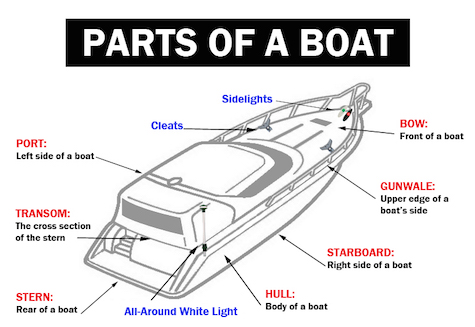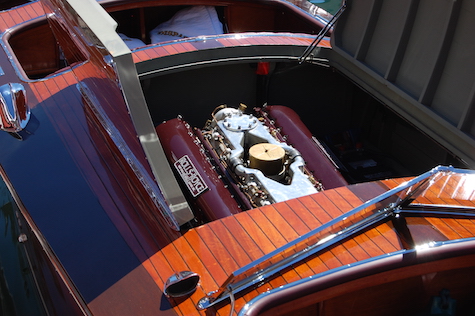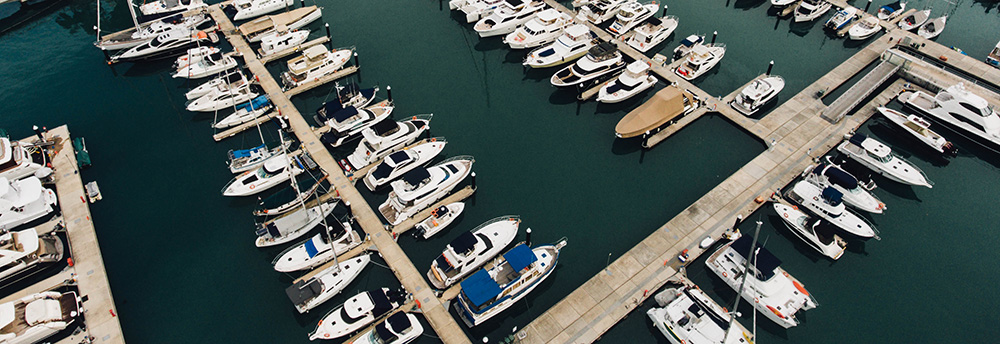Inspecting A Boat
So by now you’ve researched boat types, worked out what you want and decided whether to go with a Private Sale or a Boat Broker.
Before you go out inspecting boats, if you’re planning on financing your new boat now is the time to apply for a loan. You can organise your boat finance before you start shopping so you know what your budget is, giving you the edge when negotiating a better price.
On to boat shopping.
The first thing to remember when inspecting boats is to play things cool. If you jump up and down with excitement the seller is likely to be a lot firmer with their price, which you’re going to try to negotiate on later. Keep calm and check the boat over, finding out as much about it as you can. It’s better to find out it’s a dud now, rather than after you’ve paid for it.
The first look

First impressions count here, so if the boat is dirty, dinged up or in a generally poor state it’s a bad sign. Even clean, flawless looking boats can have hidden problems though. There are three important areas on the outside of the boat you need to check;
The Hull – Walk the outside of the boat checking that it’s straight, has no cracks or signs of repairs. Check the rub rail around the side of the boat and down the “keel” of the hull.
Boat Trailer – Unless you’re mooring your boat you’ll need a trailer that fits your new boat, so first check there is one. Make sure it is solid, registered, all the lights and wheel bearings are in working order, and the tyres are roadworthy.
Engine – Be thorough here, an engine in poor shape is a sign you’ll have to spend a fair bit getting your boat seaworthy. Check for any visible damage, cracks, leaking parts or signs of wear.
Those are your big three checks. Anything too far gone in these areas should be a sign to skip to the next boat on your list. If they’re okay though, you can move on to the rest of the boat.
Inside the boat

The inside of the boat should be clean and free of any odours. A musty smell is often an indication of dry rot in the wood of the seats or floor. Go through and check all seats, shade clothes and floors, operate all doors, hatches and windows making sure there’s nothing loose that may rattle.
The bilge, or rear of the boat should be fairly clean and free from engine oil leads, search for hull cracks, poor wiring or problems with the fuel tank.
Other boat checks
If you’re buying from a private seller make the most of their first hand knowledge. Ask them about the boat, how it handles in difficult conditions, how many people you can comfortably fit on board, how often it has been used and the best places to take it. Also ask why they’re selling. They may just want to upgrade, but if there’s a problem that’s something you should know about.
Try to get a second opinion from a professional or experienced friend. Unless you’re already an expert, a qualified boat mechanic may pick up on potential problems you may have missed that could save you a fair bit further down the line. If the seller doesn’t want a mechanic to look at the boat you have to ask ‘why not?’
Boat History Check
At this stage you can also use the Hull Identification Number (HIN) to do a history check. The HIN should be on the registration and can be used to look up the boat’s history for things like past owners, accident reports, and whether there’s any money owing on the vessel. If there’s money still owed on the boat and the previous owner doesn’t settle the debt then your newly purchased boat could be repossessed!
Check a boat’s history here.
If all of these points check out you can move on to Part 4: taking the boat for a test ride.
